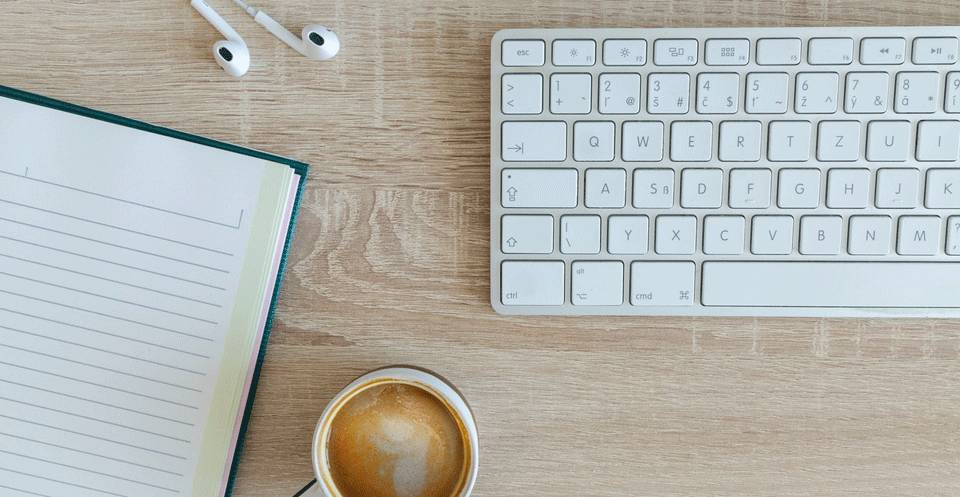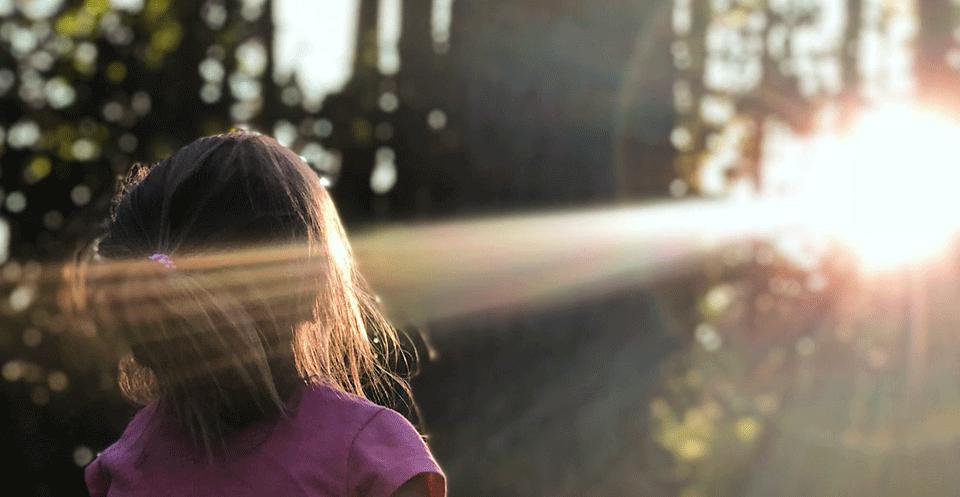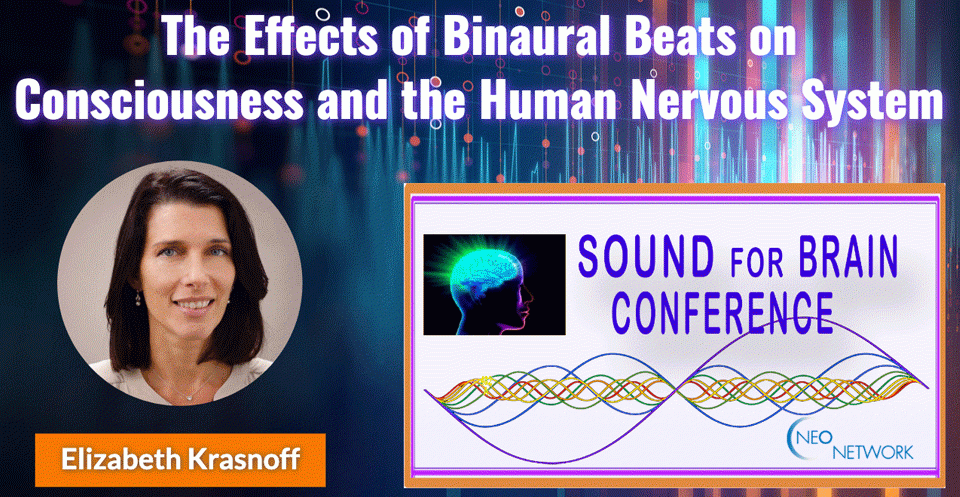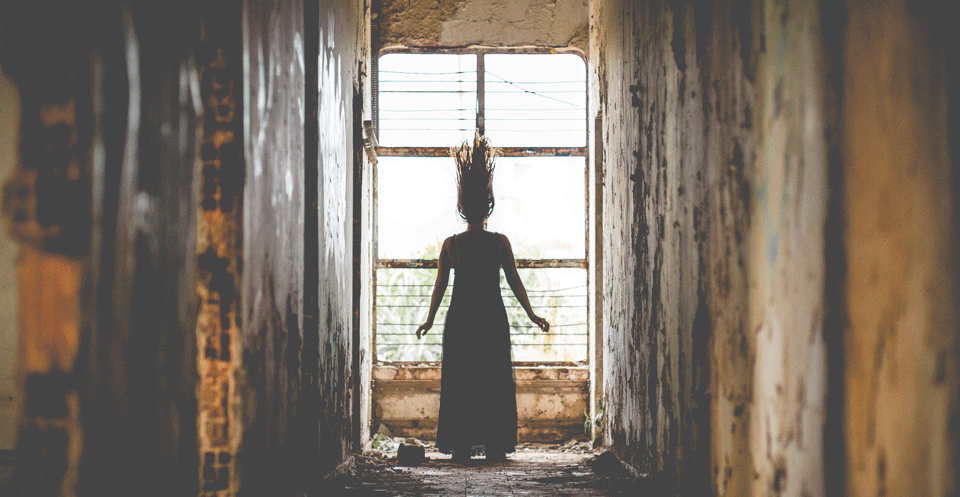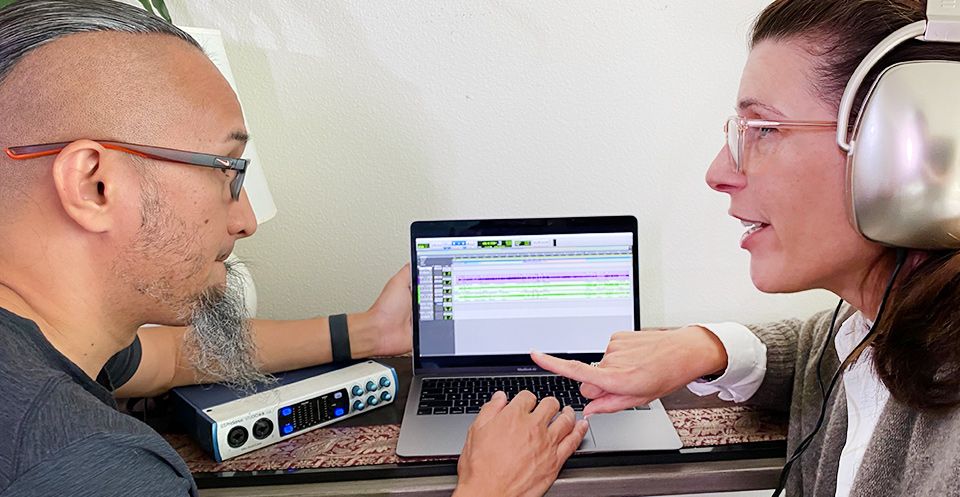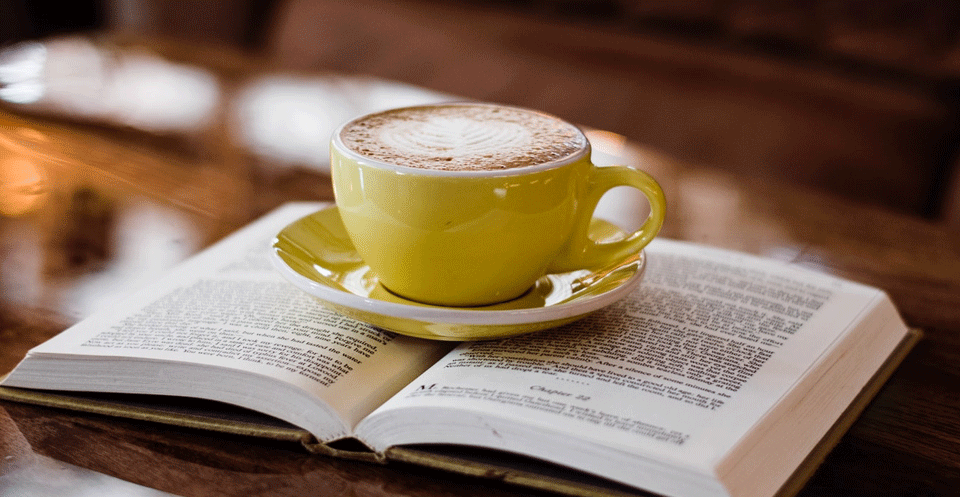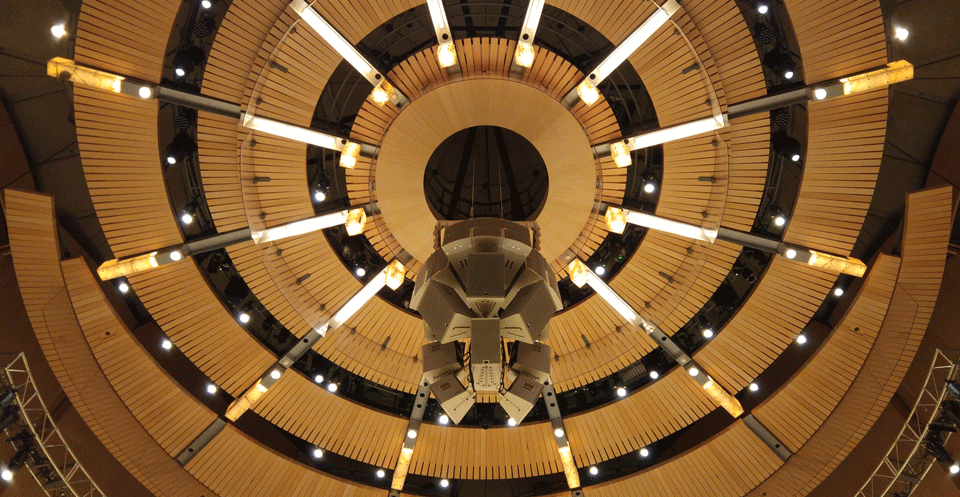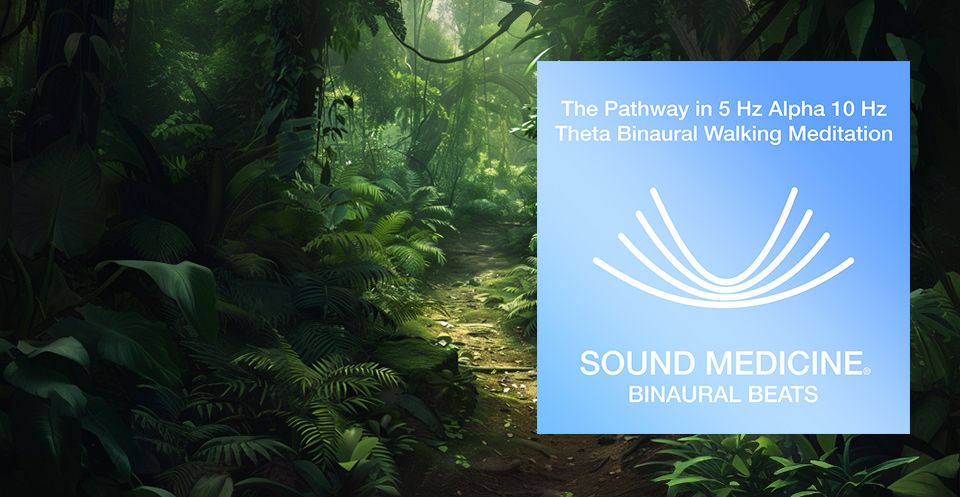Binaural Beats to Ease Anxiety
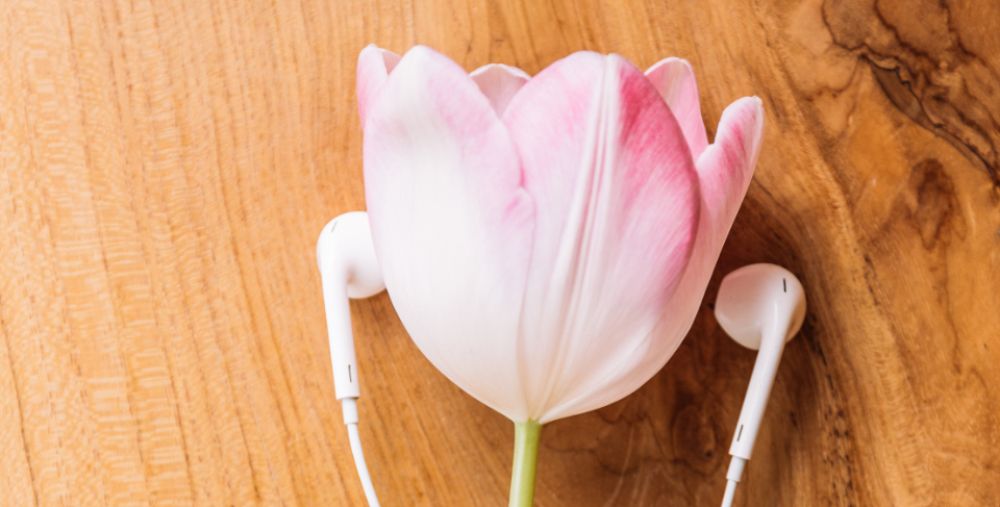
Anxiety is the most widespread form of mental illness in the U.S. Each year, more than 40 million adults (18.1% of the American population), suffer from an anxiety disorder. Although treatment is available for anxiety, just 36.9% of sufferers receive care. Anxiety has a negative effect on overall health; persons with anxiety are nearly five times more likely to require medical care and six times more likely to require hospitalization in a psychiatric facility. Although genetics play a role in developing an anxiety disorder, brain chemistry and life circumstances also contribute to the problem.
Anxiety and depression often occur together. Persons with an anxiety disorder are likely to also suffer from depression as well. Women are nearly twice as likely to develop anxiety than men. Around fifty percent of persons diagnosed with anxiety also experience symptoms of depression. Anxiety disorders come in several forms. The most common form, General Anxiety Disorder, currently affects 6.8 million adults, or 3.1% of the U.S. population. Yet less than half of sufferers receive treatment. Panic Disorder is another anxiety disorder; it affects around 6 million adults and women are twice as likely to be affected than men. Approximately 15 million Americans develop Social Anxiety Disorder. Unlike Panic Disorder and General Anxiety Disorder, Social Anxiety Disorder affects men and women equally. The disorder usually starts in the early teens, and persons with this type of anxiety usually delay seeking treatment for 10 years or more.
If you suffer from anxiety, you can use music and sound to ease it. The human brain is so sensitive to sounds that you can use music and sound to find relief from feelings of overwhelm. Try singing. Clinical research shows that singing can help a person suffering from distress to find relief by expressing their emotions. Your own voice can be a powerful tool for healing emotional pain. Listening to music may also help. Start by making playlists of sounds and music that you like. You can also visit a music therapist to help you use sound to lift your frequency out of anxiety and into feelings of peace and serenity.
Recordings of natural sounds such as rain, waves, wind, and waterfalls can help as well. Research shows that listening to nature sounds can reduce blood pressure and increase feelings of calm. There are many free recordings of nature sounds on the internet. Apps such as Headspace and White Noise provide a broad range of sounds to induce tranquility, including nature sounds, rain sounds, thunder, and birds. Insight Timer is a free meditation app that can be used to find moments of calm. You can also use binaural beats technology to relieve anxiety. There are 5 different brainwave states, and you can choose the brainwave state that you want to experience by using binaural beats tones. Binaural beats have been tested in clinical conditions and the alpha and theta formulas have been shown to be effective for relieving anxiety.
References
- Anxiety and Depression Association of America. (2021). Facts and statistics. https://adaa.org/understanding-anxiety/facts-statistics
- Isik, B. K., Esen, A., Büyükerkmen, B., Kilinç, A., & Menziletoglu, D. (2017). Effectiveness of binaural beats in reducing preoperative dental anxiety. The British Journal of Oral & Maxillofacial Surgery, 55(6), 571–574. https://doi.org/10.1016/j.bjoms.2017.02.014
- Lovati, C., Freddi, A., Muzio, F., & Pantoni, L. (2019). Binaural stimulation in migraine: Preliminary results from a 3-month evening treatment. Neurological Sciences, 40(1), 197–198 https://doi.org/10.1007/s10072-019-03803-9
- McConnell, P. A., Froeliger, B., Garland, E. L., Ives, J. C., & Sforzo, G. A. (2014). Auditory driving of the autonomic nervous system: Listening to theta-frequency binaural beats post-exercise increases parasympathetic activation and sympathetic withdrawal. Frontiers in Psychology, 5(1248).
- Padmanabhan, R., Hildreth, A. J., & Laws, D. (2005). A prospective, randomised, controlled study examining binaural beat audio and pre‐operative anxiety in patients undergoing general anaesthesia for day case surgery. Anaesthesia, 60(9), 874-877.
- Wahbeh, H., Calabrese, C., Zwickey, H., & Zajdel, D. (2007). Binaural beat technology in humans: A pilot study to assess neuropsychologic, physiologic, and electroencephalographic effects. Journal of Alternative and Complementary Medicine

